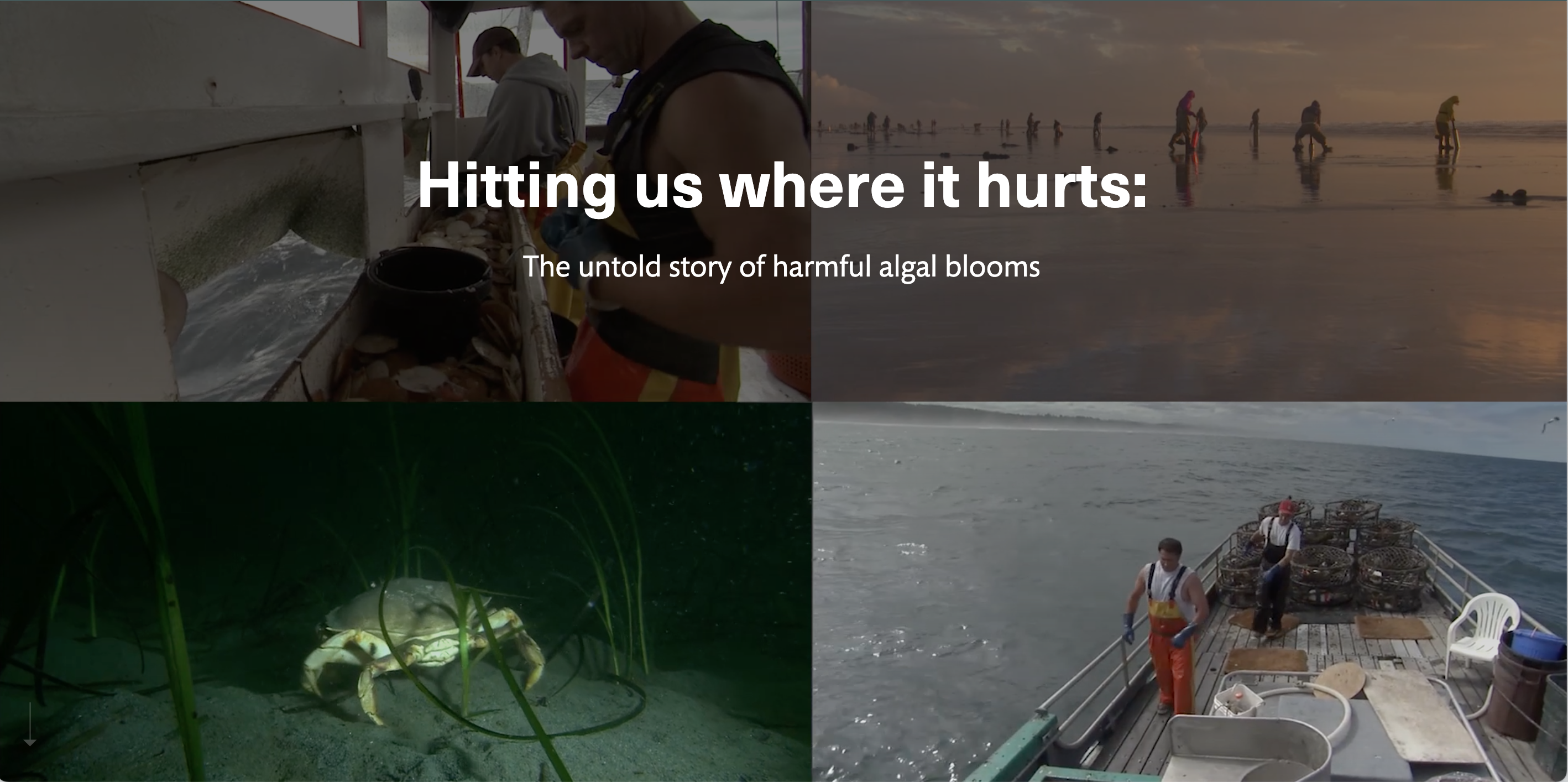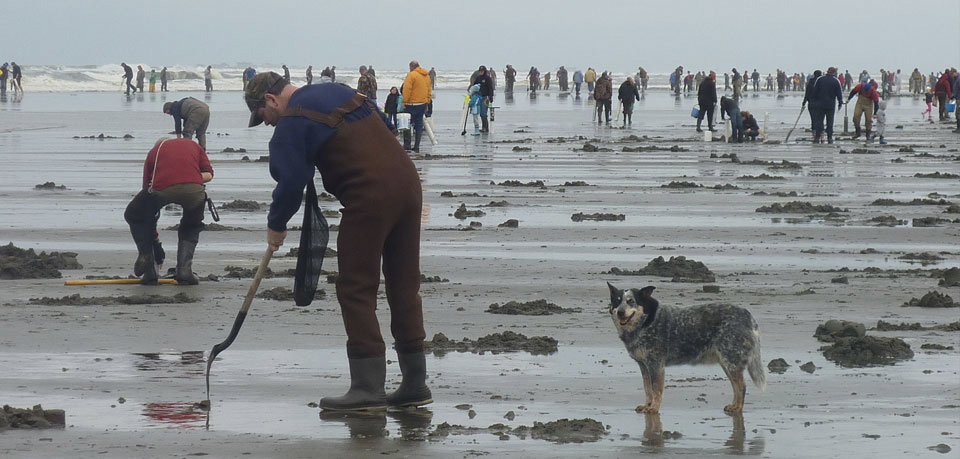Socio-economic Impacts
The economic and public health impacts of HABs can be profound. Many millions of dollars are spent annually addressing the known HAB-related impacts on public health, commercial fisheries, recreation, tourism, environmental monitoring, and bloom management. Public health impacts account for the largest economic impacts, followed by commercial fisheries and tourism. Even one HAB can be extremely costly. The hidden costs to secondary industries (e.g. aquaculture suppliers), human illness (e.g. medical care for undiagnosed or chronic illnesses), and decline in consumer confidence (e.g. failure to purchase seafood in restaurants or reserve fishing charter trips) remain unknown.
The interactive story map on the right "Hitting us where it hurts: The untold story of harmful algal blooms" documents the economic and social impacts of harmful algal blooms. It is based on a compilation of data from over 50 events, but even so, our understanding and quantification of socioeconomic impacts of HABs remains incomplete.
This story map was originally produced by Stephanie Moore and Amy Brodbeck Linhart at the NOAA Northwest Fisheries Science Center in collaboration with Quay Dortch in the NOAA National Centers for Coastal Ocean Science (NCCOS) Competitive Research Program, with support from the JPB Foundation. The story map was updated and is being maintained by Kali Horn, Mindy Richlen, and Claire Anacreon (National Office for HABs at the Woods Hole Oceanographic Institution).
To advance evaluation of the socio-economic effects of HABs in the U.S., the US National Office for HABs and NOAA NCCOS convened a workshop in 2020, which included participation by scientists actively engaged in HAB socio-economics research, HAB experts from diverse US regions, and social scientists from academia and government. The goal of this workshop was to develop an assessment framework for a national research agenda that would lead to comprehensive evaluations of the social and economic effects of HABs, including the costs of responding to and mitigating those effects. The discussions and case studies presented during this workshop resulted in recommendations designed to overcome obstacles that have hindered the development of comprehensive estimates of HAB socio-economic impacts that are commensurate with the perceived cost to society of ongoing blooms. A second set of recommendations provide a research agenda that agencies can use to inform funding opportunities. The proceedings and workshop materials may also help prospective applicants develop stronger proposals.



